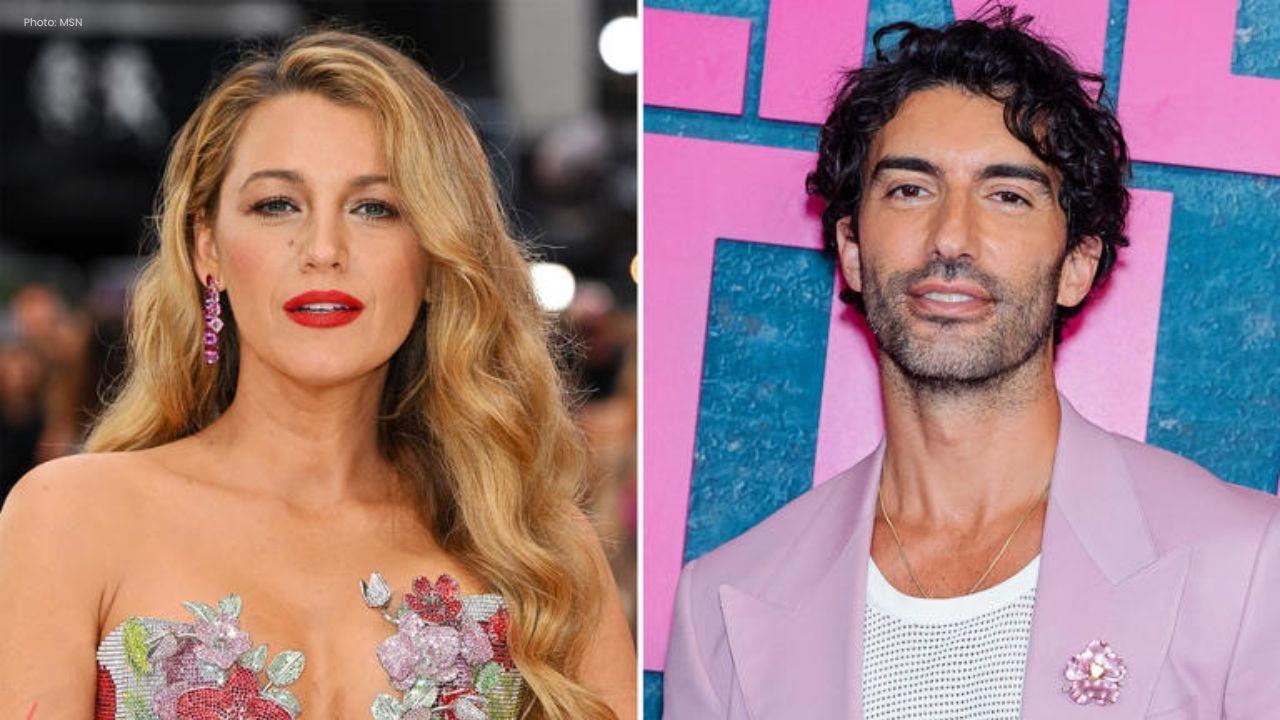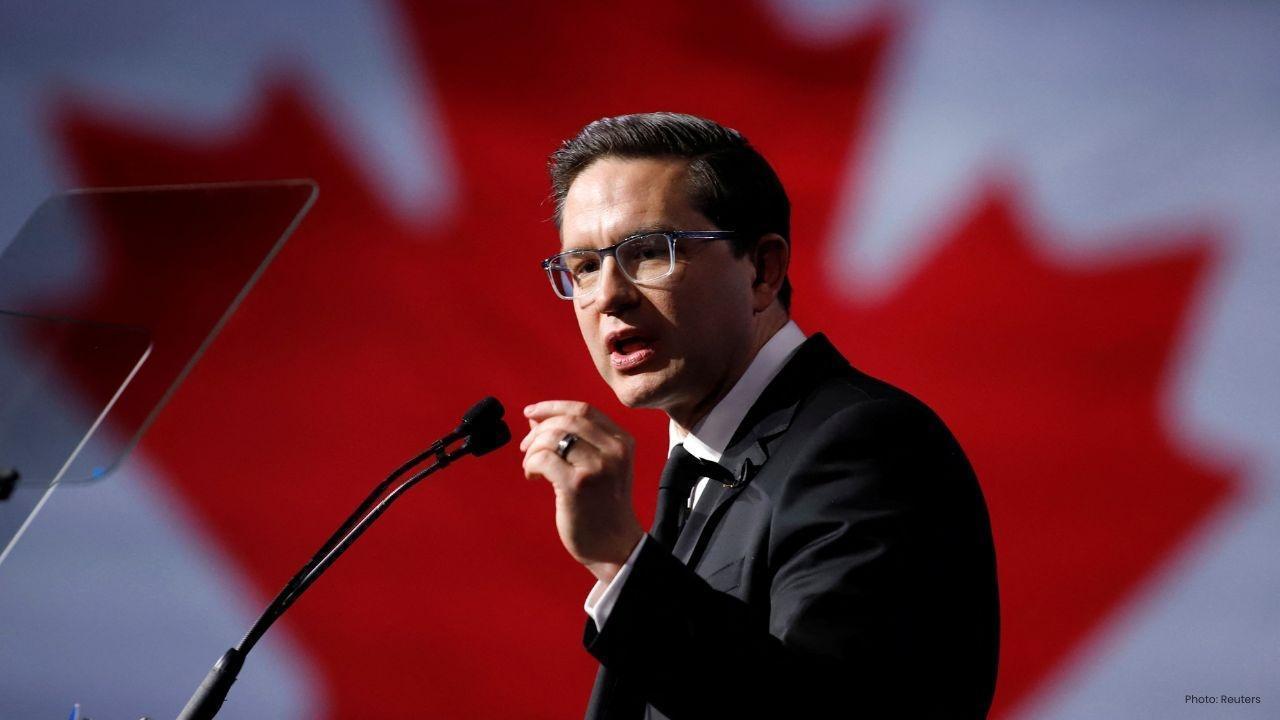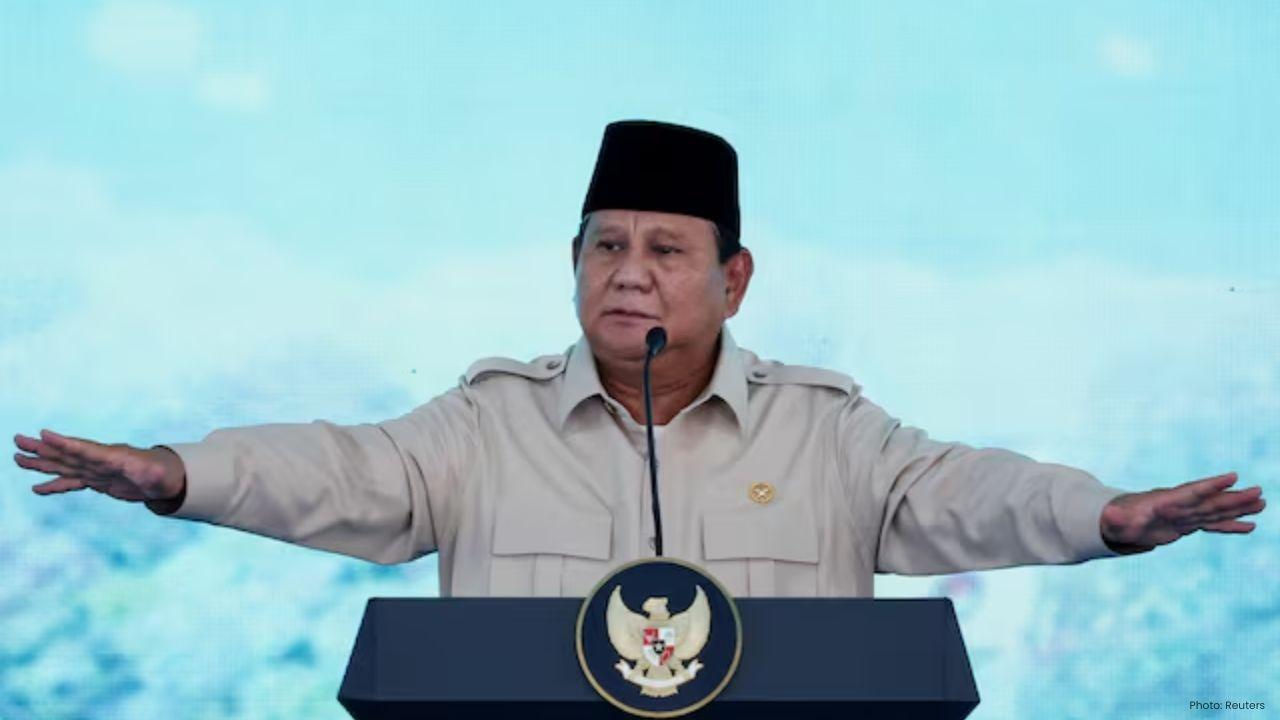
Join 10k+ people to get notified about new posts, news and tips.
Do not worry we don't spam!

Post by : Anis Farhan
Political unrest has swept across South Asia in 2025. Young activists in Nepal are leading mass protests demanding governmental accountability. In Bangladesh, student protests over job quotas escalated to a broader crisis, culminating in Prime Minister Sheikh Hasina’s exit. In both places, social media is rife with conspiracy theories alleging foreign interference, particularly by the US.
These allegations pose serious questions. Are they the result of genuine evidence, or do they arise from fear, political rivalry, or disinformation? To understand, you must disentangle what is claimed, what is known, and where the gaps remain.
Here are the main claims being made in various quarters:
US involvement in Nepal’s protests
Social media users point out meetings between Nepalese political figures and US officials, referencing programmes like aid grants and education or IT partnerships, as possibly precursors to influence operations.
Some allege that the Trump administration, intelligence agencies, or “deep state” actors are coordinating or encouraging protests to weaken pro-China leadership.
Regime change in Bangladesh
There are assertions that Washington wanted Bangladesh’s leadership to be more aligned with its strategic interests, including military or base access, as part of its Indo-Pacific strategy.
Some reports claim that student protests over job quotas were a gateway for larger political change, that foreign aid or pressure played roles, and that the US may have had connections to actors pushing for Hasina’s removal.
Pattern arguments
The conspiracy narratives often invoke a pattern: whenever a leader in South Asia tilts toward China or shows reluctance toward US strategic goals, protests erupt, foreign aid is suspended or leveraged, and eventually leadership changes.
Social media posts compare situations in Pakistan, Bangladesh, Nepal arguing these are not isolated but connected episodes in a regional chessboard.
Parallel to the claims, there are denials, clarifications, and critical analyses that call into question or reject those conspiracy theories:
The United States government has explicitly denied involvement in Bangladesh’s leadership change following the protests. A White House spokesperson called reports of US intervention "simply false."
Experts have argued many of the protests stem from internal issues: economic inequality, youth unemployment, political dissatisfaction, corruption, and unpopular policies (like quota systems).
In Bangladesh, the job-quota protests appear to have been sparked by long-term grievances rather than foreign manipulation.
The absence of credible, verified evidence is frequently pointed out: no public documents, confirmed leaked cables, or testimony that reliably shows US orchestration.
Here’s an assessment of the existing evidence vs what would be needed to substantiate the claims:
| What exists | What is missing or inconclusive |
|---|---|
| Meetings between local leaders and US agencies (e.g. diplomats) for development or educational cooperation. | Clear documentation showing US directives or funding explicitly intended to provoke regime change or destabilize a government. |
| Statements by political actors alleging foreign interference. | Independent, third-party verification (e.g. leaked diplomatic cables, whistleblower testimonies) linking US agencies to conspiratorial planning. |
| Historical precedent of foreign influence in politics globally, which fuels belief in possibility. | Direct proof that specific protests were initiated, funded, or guided by foreign governments, rather than being reactions to domestic policies. |
| Role of global strategic competition (US vs China) giving plausibility to such theories. | Transparent investigation by credible bodies that can confirm or reject interference claims with concrete data. |
There are reasons why these theories find fertile ground:
Geopolitical tension: Many South Asian countries are navigating pressures from major powers. When leaders engage both with China and with the US, or when they seem to pivot, suspicion increases.
Opaque governance: Lack of transparency, corruption allegations, and centralization of power make it easier for rumours to take root.
Youth activism and social media: Gen Z is more online, more connected, more aware. They amplify suspicion and spread narratives quickly.
Historical memory: Past instances of foreign influence (real or alleged) make people more ready to believe new ones.
While some claims deserve scrutiny, promoting unverified conspiracy theories carries its own dangers:
They can erode trust in institutions and democratic processes.
They may distract from addressing legitimate domestic problems.
They may be used by political actors to deflect blame or suppress dissent.
They can heighten geopolitical tensions unnecessarily, affecting diplomacy.
Many analysts urge caution: protest movements in Nepal and Bangladesh show strong domestic roots—economic hardship, unemployment, corruption—without needing external direction.
Investigative journalism has flagged that some claims are based predominantly on social media speculation, misinterpretation of routine diplomatic meetings, or selective use of facts.
Experts in foreign policy emphasize that while strategic influence is plausible, the bar for proving active regime change is high, and no conclusive public proof has emerged so far.
Assuming some level of foreign influence is real, here’s what might follow:
Increased political instability if citizens see governments as puppets of foreign powers.
Pushback from regional powers (e.g., China, India) which may view such actions as threats.
Heightened surveillance or interference with NGOs, foreign-funded programmes, or civil society in the name of sovereignty.
Diplomatic fallout if accusations become official or if governments feel compelled to respond.
At present, the conspiracy theories linking the United States with leadership changes in Nepal, Bangladesh, and elsewhere remain largely speculative. There are suggestions—meetings, statements, geopolitical context—that give these claims plausibility in the minds of many, especially in an era of polarized narratives. However, strong, verifiable evidence has not yet been made public.
What seems clearer is that discontent in these countries is real, rooted in local grievances. The actors pushing for change are often doing so because domestic issues have become intolerable. The more immediate explanation tends to be internal rather than external interference.
In the end, democracy, transparency, and accountability are what can counter both corruption and conspiracy — helping societies distinguish between legitimate protests and manipulative claims.
This article examines allegations and claims in public discourse regarding foreign interference in South Asian political developments. The information is drawn from current media reports, analyses, and declassified sources available publicly. Newsible Asia does not assert that any claim is definitively true without corroborated evidence.










Paramount+ to Stream PBR’s 'Unleash the Beast' in New Five-Year Deal
Paramount+ will stream PBR’s 'Unleash the Beast' across the U.S. starting this December under a five

Zohran Mamdani Clinches NYC Mayoral Seat as Victory Speech Blends Politics and Bollywood
Zohran Mamdani won New York City's mayoral race, becoming the city's first Muslim and South Asian ma

India Wins First Women’s World Cup 2025 Title
India lifts its maiden Women’s World Cup 2025 title! Harmanpreet Kaur’s team stuns South Africa in a

Manuel Frederick, 1972 Olympic Bronze Goalkeeper, Dies at 78
Manuel Frederick, a member of India’s 1972 Olympic bronze hockey team, has died in Bengaluru at 78 a

Muhammad Hamza Raja Wins IFBB Pro Card Puts Pakistan & UAE on Global Stage
Pakistani bodybuilder Muhammad Hamza Raja earns IFBB Pro Card in Czech Republic, showcasing Dubai’s

Shreyas Iyer’s Recovery Underway After Spleen Laceration in Sydney ODI
Shreyas Iyer is recovering after a spleen laceration sustained while taking a catch in the Sydney OD